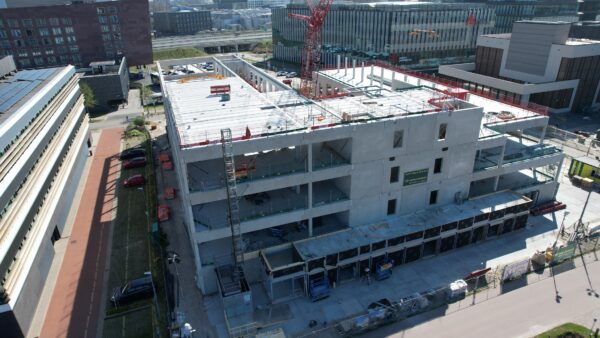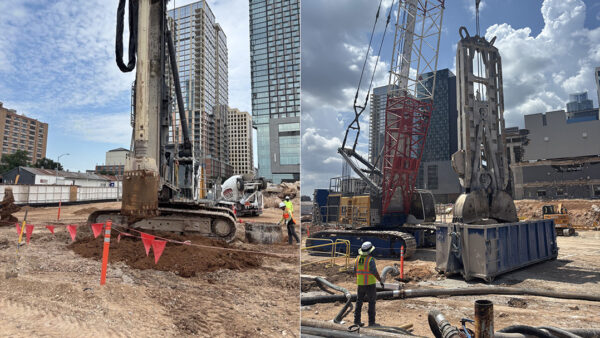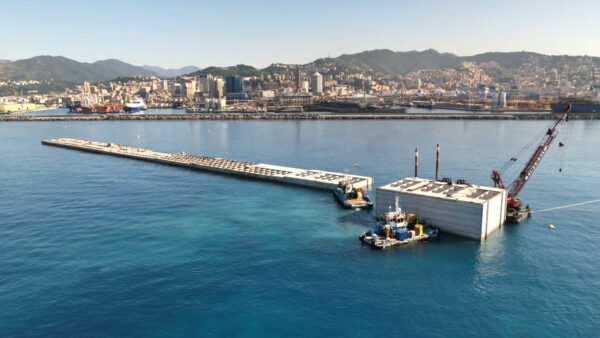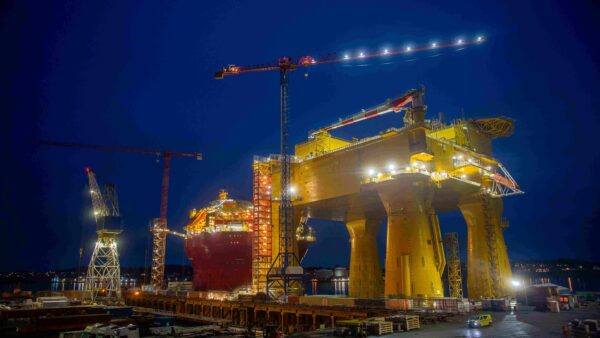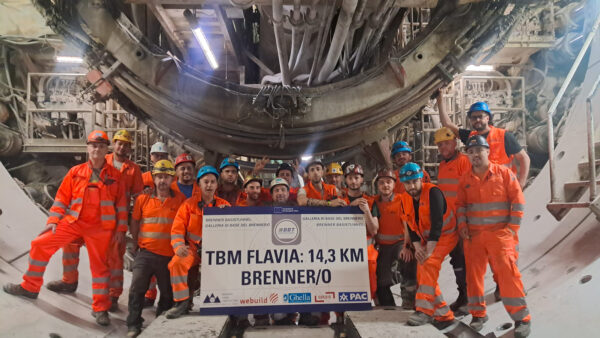Researchers at the Korea Advanced Institute of Science and Technology (KAIST) have proposed a design of small nuclear reactor that can be mass produced as a single module and operate for 20 years without being refuelled.
The system uses supercritical carbon dioxide rather than water and has uranium nitride as a fuel. It also combines the power generation element into the reactor to make the reactor into a single unit.
Most other designs for small modular reactors (SMRs) are based on scaled down versions of conventional reactors. However, the KAIST team have employed power generation techniques developed specifically for SMRs.
Heat is conveyed from the reactor using the “Brayton cycle”, which has a higher efficiency than water-based systems in the 450-750° range. It also allows for a simpler, more compact layout, which makes it possible to incorporate the system within the reactor vessel.
SMRs can deliver more 24/7 electricity than any other low-carbon alternative energy technology– Ty Troutman, Bechtel
As with other SMRs, it is designed to cool itself in the event of a loss of electric power, thereby preventing problems with decay heat of the kind encountered at Fukushima, Phys.org reported earlier this month.
A number of engineering teams are engaged in a race to bring small modular reactors (SMRs) to market, however none has yet succeeded in producing a design that can be completely modularised.
The team that seems likely to gain certification first from America’s Nuclear Regulatory Commission (NRC) is NuScale, an Oregon-based company that is majority owned by the Fluor Corporation. It is developing a 50MW design based on a reactor developed at Oregon State University, and hopes to submit its design to the NRC by the end of this year, and to the UK’s nuclear authorities in the course of 2017.
As approval usually takes four years to obtain, NuScale is hoping to get its “N-stamp” from the US by 2020, and to have its Generic Design Assessment (GDA) approved in the UK in 2021.
Tom Mundy, vice-president for programme development at NuScale told the Financial Review: “Assuming the GDA is submitted and takes four years, we’d be looking at approval in 2021. There’s then a 36-month construction time, so it’s plausible to expect that if all things line up, we could have a UK plant built by 2025.”
The other large-scale US development programme is being undertaken by Bechtel and BWX Technologies, which earlier this month renewed their agreement to develop their SMR design.
Ty Troutman, general manager of the nuclear power business at Bechtel, said: “SMRs can deliver more 24/7 electricity than any other low-carbon alternative energy technology.”
Bechtel describes its 195MW Generation mPower product as a “rail-shippable reactor” with safety systems based on post-Fukushima design measures, an underground containment structure and standard fuel assemblies made from less than 5%-enriched uranium.
The Korean team’s 2014 scientific paper on their concept can be seen here.
Photograph: The Korean concept fits the entire system into one vessel (KAIST)

